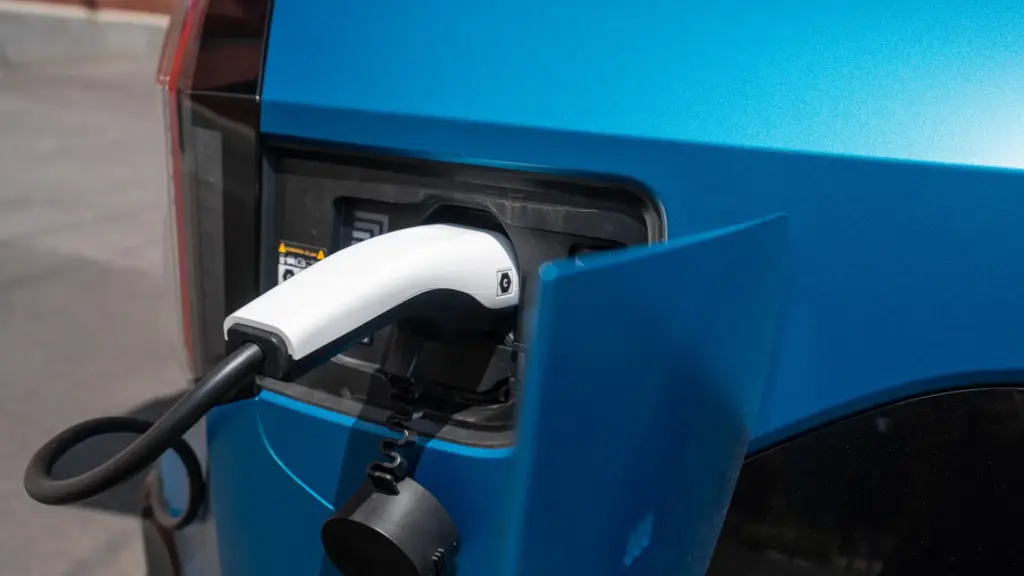
In a groundbreaking development for Australia’s energy sector, electric vehicle (EV) technology that enables cars to send power back to the grid is now available through the country’s largest electricity providers. This initiative includes major automotive brands such as Hyundai, Kia, Zeekr, and BYD, marking a significant step towards integrating renewable energy solutions into everyday life.
The technology, known as vehicle-to-grid (V2G), allows EVs to not only consume electricity but also store and return it to the grid during peak demand times. This capability is expected to enhance grid stability and reduce reliance on non-renewable energy sources. The trials are set to explore the potential of this technology in real-world scenarios, offering insights into its viability and benefits.
Understanding Vehicle-to-Grid Technology
Vehicle-to-grid technology represents a paradigm shift in how energy is managed and utilized. By leveraging the battery storage capabilities of electric vehicles, V2G systems can provide a decentralized energy source that supports the grid during peak periods. This not only helps in balancing supply and demand but also offers financial incentives to EV owners who participate in the program.
According to industry experts, the integration of V2G technology could lead to significant cost savings for both consumers and energy providers. “The potential for cost reduction and increased grid reliability is immense,” said Dr. Emily Carter, an energy systems expert at the University of Sydney. “We are essentially turning every electric vehicle into a mobile power unit.”
Implications for the Automotive Industry
The inclusion of brands like BYD, Hyundai, Kia, and Zeekr in these trials highlights the automotive industry’s commitment to sustainable practices and innovation. These companies are not only investing in electric vehicle technology but are also exploring new ways to contribute to a sustainable energy future.
BYD, a leading player in the electric vehicle market, views this trial as an opportunity to showcase the capabilities of its vehicles in supporting renewable energy initiatives. “Our participation in the V2G trials underscores our commitment to advancing clean energy solutions,” stated a spokesperson from BYD.
Challenges and Future Prospects
While the potential benefits of V2G technology are clear, there are challenges that need to be addressed. These include the development of standardized protocols for energy exchange, ensuring the longevity of vehicle batteries, and creating incentives for widespread adoption among consumers.
However, the trials conducted by Australia’s largest electricity providers are expected to provide valuable data and insights that will help overcome these hurdles. The success of these trials could pave the way for broader implementation of V2G systems across the country.
Looking Ahead
The move towards integrating vehicle-to-grid technology in Australia is a promising step towards a more sustainable and resilient energy system. As the trials progress, stakeholders from the automotive and energy sectors will closely monitor the outcomes to assess the feasibility of scaling up this technology.
Meanwhile, consumers are encouraged to stay informed about the developments in V2G technology and consider participating in such programs, which not only contribute to environmental sustainability but also offer potential financial rewards.
As the world continues to grapple with the challenges of climate change and energy security, innovations like vehicle-to-grid technology offer a glimpse into a future where renewable energy is seamlessly integrated into our daily lives, reducing our carbon footprint and enhancing energy independence.





